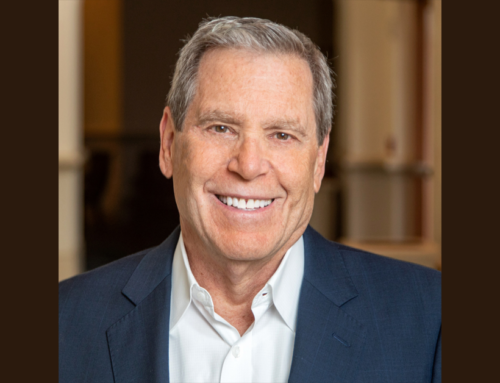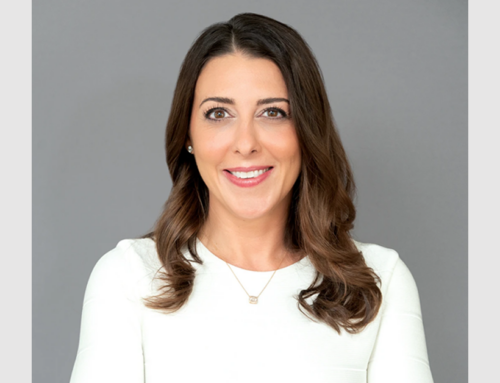In a Nutshell: If your goals always seem just out of reach, adjusting your perception could help you narrow the gap between where you are and where you want to be. My guest today has used scientific research to develop a toolkit that can bring goals down to size, improve focus, and prepare advisors to have conversations that will keep clients on track for financial success.
Guest: Emily Balcetis, social psychologist and Associate Professor of Psychology at New York University. She’s also the author of Clearer, Closer, Better: How Successful People See the World.
My Key Takeaways:
- Vision is powerful, but imperfect. Our physiology places high importance on what we see. But sometimes what our eyes and brain naturally filter out leaves us with an incomplete picture of what we’re trying to accomplish.
- Focus on the next step. Instead of letting your perception of a big goal overwhelm you, identify daily, actionable tasks that will build towards your goal and schedule time to address those action items every day.
- Keep an eye out for alternatives. There’s no one way to solve a problem, be successful, or achieve a Big, Hairy, Audacious Goal (BHAG). Open your perception to new approaches, and then use the tools Emily describes to frame the situation, narrow your focus, and materialize the steps to achieve or solve it.
Also Learn:
- Emily’s four tools for improving our perception, goal-setting, and execution.
- How our filtering mechanisms explain the internet uproar over “The Dress.”
- The ways that experience and new information combine to inform and sometimes distort our perception.
- What world-class Olympic runners told Emily about focus and attention during a race.
- How Google reframed its snack perks to help employees make healthier choices.
- What blood pressure tells us about how the body measures the size of our goals.
- How Emily’s team brought college students “face-to-face” with their future selves and helped them rethink financial security.
- Effective strategies for combining digital and analog feedback to keep you focused, motivated, and productive.
Complementary podcast: John Hagel, a 40-year Silicon Valley vet, explained to me his “Zoom Out, Zoom In” process for identifying long-term opportunities and establishing near-term plans that accelerate progress. Listen/read here.
Resources Featured In This Episode
Emily’s book, Clearer, Closer, Better: How Successful People See the World





